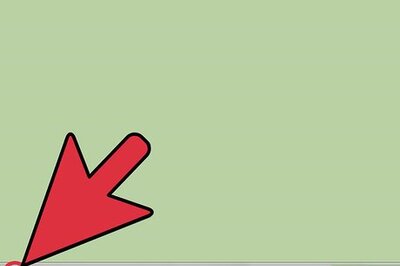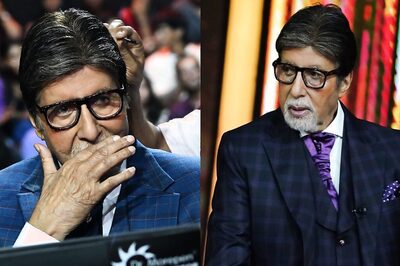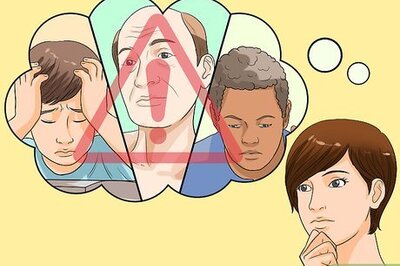
views
Following the failure of Cripps Mission, the All India Congress Committee, led by Mahatma Gandhi launched the Quit India Movement or the August Movement on August 8, 1942. Gandhi made a call to Do or Die in his Quit India speech delivered in Mumbai at the Gowalia Tank Maidan.
While the Quit India campaign was effectively crushed, with the British refusing to grant immediate independence, saying it could happen only after the war had ended, they came to the important realization that India was ungovernable in the long run due to the cost of World War II. Following the mass agitation the Britishers faced at the Quit India Movement, the question postwar became how to exit gracefully and peacefully from India.
On the 77th anniversary of the Quit India Movement, here are a few interesting facts you should know about.
Following Gandhi's speech almost all members of INC were imprisoned without trial. These included Mahatma Gandhi himself, Abdul Kalam Azad, Jawaharlal Nehru, and Sardar Vallabhbhai Patel among others.
The Britishers declared the INC to be an unlawful association. More than 10,000 people were arrested for conducting peaceful protests and demonstrations across the country.
A policy of violence and the removal of non-violence were adopted by Lord Linlithgow, who had the support of the Viceroy's Council that comprised of Muslims, the Communist party, and the princely states.
Several political groups active during the Indian Independence Movement, including the Muslim League, the Hindu Mahasabha, the Rashtriya Swayamsevak Sangh and the Communist Party of India along with the princely states were opposed to the Quit India Movement.
Aruna Asaf Ali took over the AICC session and hoisted Indian tri-colour at Mumbai's Gowalia Tank Maidan. It was the first time, the Indian tri-colour was hoisted in public.
During the Quit India movement, the local populace in Tamluk and Contal subdivisions of Midnapore, successfully established parallel governments, which continued to function, until Gandhi personally requested the leaders to disband in 1944.
In 1992 the Reserve Bank of India (RBI) issued a 1 rupee commemorative coin to mark the Golden Jubilee of the Quit India Movement.
















Comments
0 comment